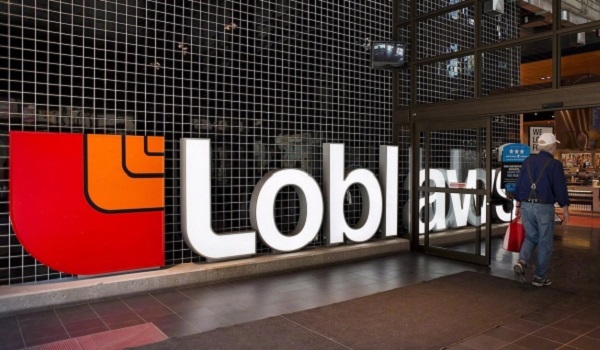Good coordination and awareness could help grow community bonds, report says
An innovative funding model for community groups could grow to become more mainstream through better co-ordination and awareness, said a new report out Thursday.
The report by Tapestry Community Capital looks at the growing use of community bonds, which not-for-profits are using to raise money for everything from solar projects to social housing.
Community bonds pay out interest, and eventually return the initial capital, in the same way as more conventional bonds – but the money is directed to social projects, and the not-for-profit entity that initiates one is responsible for the guarantee.
They’re already somewhat established, with close to $130-million raised through the model in Canada in the past two decades according to the report, but as more groups aim to use them, there are still numerous barriers to making them more widespread.
“They are powerful tools,” said Tapestry knowledge lead Suzanne Faiza, who was one of the lead authors of the report.
“How do we make them more mainstream, so that they are better used, and used to their fullest ability?”
Tapestry has helped co-ordinate many of the financings. Faiza said the promise of the model makes the group eager to find ways to increase their use.
A key way to boost the model would be a centralized market where community members wanting to support projects could more easily find them.
As it stands, groups generally raise money from those already involved or close to projects, as established investing avenues are tricky. There are restrictions around what financial advisors can recommend, while banks have a lack of awareness, don’t stand to get commissions, and the bonds compete with bank products, the report notes.
There are efforts underway in the wider world of investing for social benefits to better match investors and projects.
Oakville, Ont.-based SVX Inc. last month launched an index of impact investing options, which is currently restricted to higher net worth investors but they hope to bring to retail investors in the future. Tapestry is also working to launch a marketplace.
Other areas that could help boost community bonds would be more co-ordination on best practices, increased support from financial institutions, and more government support, either through a sort of backstop or by offering better tax treatment, the report said.
Community bonds often offer lower returns than conventional options, with the promise that a social benefit is part of the return. To make the model more enticing, government tax incentives could help, possibly by following a model already in use in Nova Scotia to help attract investment in local businesses.
The community bond model, often with minimum investments of $500 or $1,000, makes them accessible to retail investors, but groups would benefit from more institutional investors too, possibly by pooling numerous offerings together, the report said.
Community groups need a wider range of financial tools to adapt to current strains, said Faiza.
“A lot of community organizations are coming to the realization that there is a (real estate) space crisis,” said Faiza.
“It’s not just a lack of affordable housing, it’s also a lack of affordable commercial space, where community organizations can actually inhabit and do the work that they do.”
Affordable housing is the focus of some recently launched community bond offerings.
Last month, Kamloops, B.C.-based Propolis bought a $945,000 property where it plans to build 50 affordable housing units in a project it is funding in part through an ongoing community bond raise.
In March, Indwell in Hamilton launched a community bond as it aims to raise $5-million to built 140 units in the city.
And last November, Habitat for Humanity Guelph Wellington in southwestern Ontario broke ground on one of two housing projects it’s building after raising about $4.5-million through community bonds.
Groups are also using the model to fund their own space, and in some cases to preserve affordable commercial space for others.
The Kensington Market Community Land Trust launched an offering in March with a goal of raising $2-million to buy a building in the Toronto neighbourhood. The group wants to preserve both affordable housing, and commercial space for the eclectic merchants found the in area.
Part of the draw of community bonds is that they’re able to set the terms, and decide what they want to do with the money, which can provide more flexibility or supplement other supports like grants.
“Community organizations are the ones setting the terms of their loan, they have power,” said Faiza.
She said that given the interest Tapestry is hearing from groups, there’s certainly the potential for them to become more popular.
“As we see the need for organizations to access capital … and we see just from how many people are contacting us on a regular basis, we’re going to see a greater growth.”
This article was first reported by The Canadian Press












